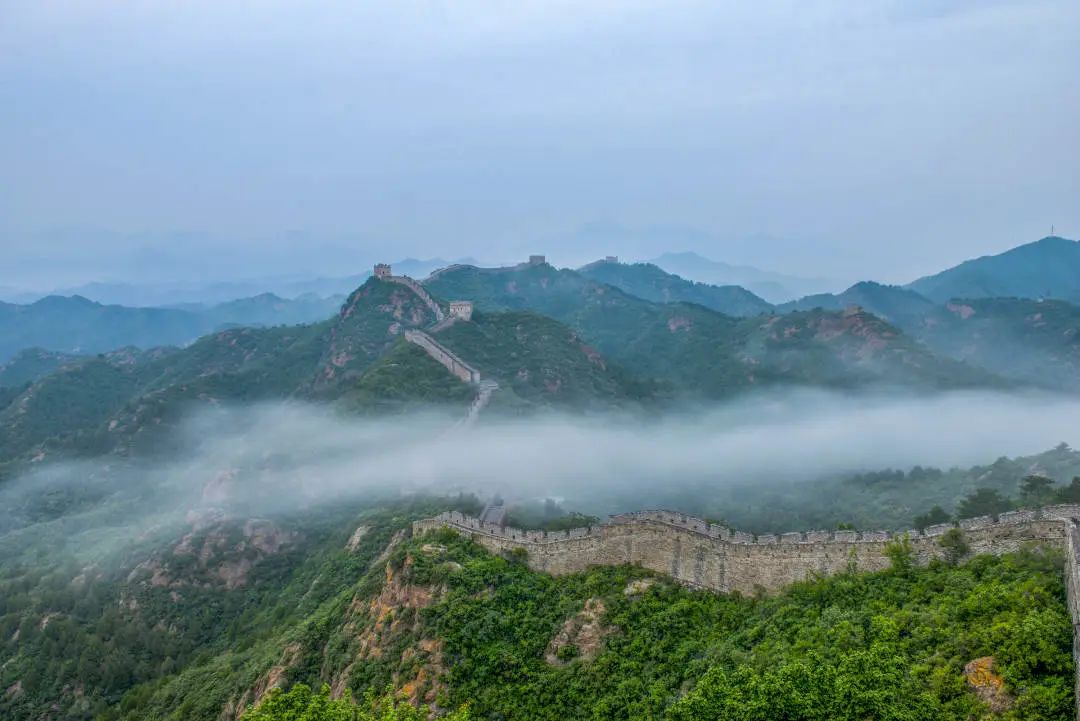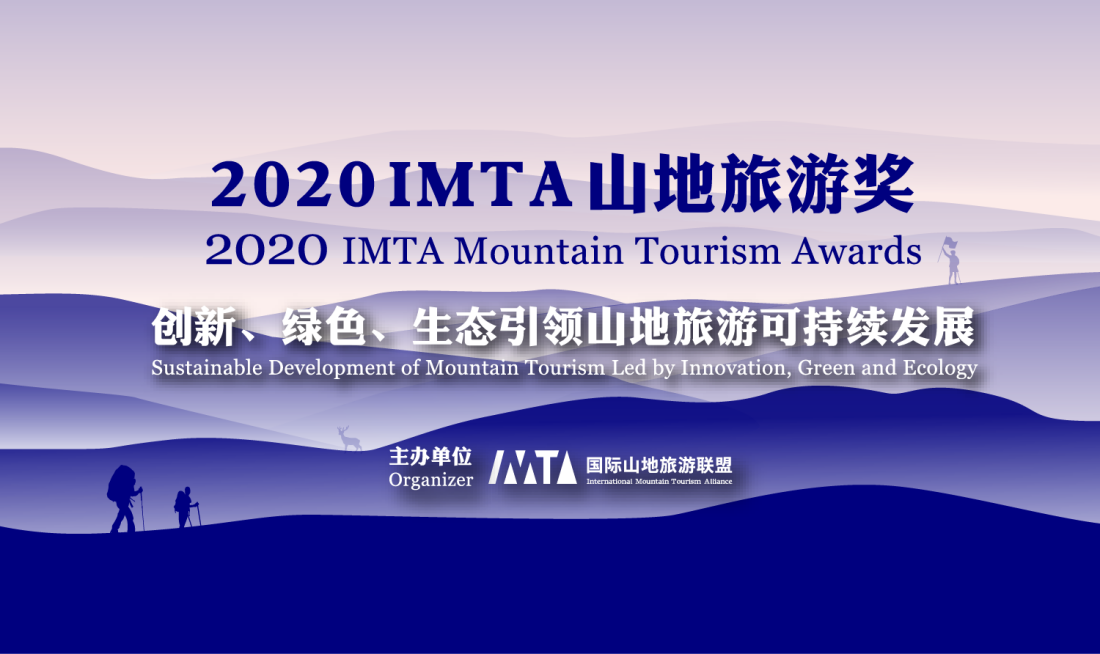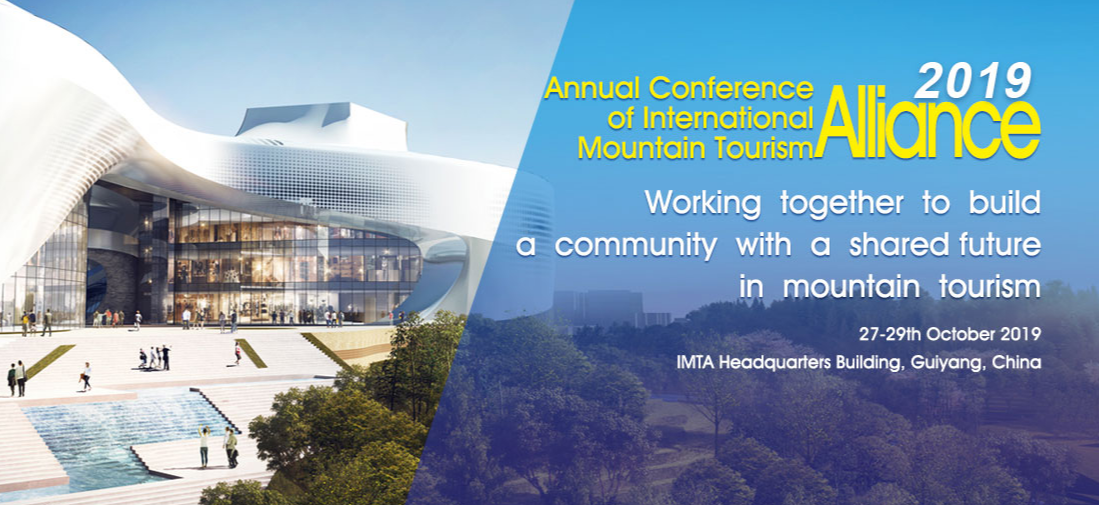Hualougou village, nestled at the foot of the Jinshanling section of the Great Wall in Luanping county, Chengde city, north China's Hebei Province, has thrived on tourism fueled by the villagers' enthusiasm for photography, which has attracted shutterbugs and tourists from across the country.
Since the 1980s, when the Jinshanling section of the Great Wall opened to visitors, Chinese and foreign photography enthusiasts have flocked to Hualougou village, which is located in Bakeshiying township, Luanping county. Local villagers prospered from the ensuing tourism boom, working as porters and tour guides, and running agritainment restaurants and B&B hotels.
At the same time, many villagers have found great pleasure in taking photos of the Great Wall, and some even became experts in the field.
In 1998, a villager named Zhou Wanping captured the Great Wall against the first rays of the morning sun in a photo, winning second prize in a photo contest held by the United Nations. In 2001, Zhou's photos of the Great Wall won the Golden Statue Award for China Photography, the highest award for Chinese photographers.
Besides Zhou, many other villagers have also won various awards for their photos of the Great Wall, gradually earning a reputation for Hualougou as "a village of photography at the foot of the Great Wall".
In 2021, Hualougou village was designated as a famous cultural and artistic village of Chengde city. Meanwhile, the village established a photographers association. Among its over 50 members, two are members of the China Photographers Association and 10 are members of the Hebei Photographers Association.

A photo taken by Zhou Wanping, a resident of Hualougou village, shows the Jinshanling section of the Great Wall in Luanping county. (Photo courtesy of Zhou Wanping)
As villagers have shown greater enthusiasm for photography, the art form has played an increasingly important role in local people's lives, and grown to become a calling card of the village as well as a bridge between local photographers and shutterbugs from other parts of the world.
Instead of playing mahjong and poker, more local farmers are talking about photography techniques in their spare time. Their works have adorned walls and filled albums, capturing the Great Wall through all seasons and weather.
In March this year, photos of the Jinshanling section of the Great Wall taken by 14 villagers were selected for a major photo exhibition held in Beijing. "That was the best encouragement and recognition for us," said Zhou Baoquan, one of the 14 photographers.
With photos building connections worldwide, tourism has burgeoned and the lives of local people continued to improve. Photography enthusiasts often line up at the entrance of the Jinshanling section of the Great Wall at 4 a.m. under the stars to check in to the scenic spot, and local villagers who run B&B hotels usually guide guests to the best spots for observing the sunrise and sunset, sea of clouds, and other sights.
In an effort to further tap into its signature vibrant atmosphere for photography to promote rural revitalization, the village plans to build a base for academic research on photography to attract more tourists.
By making the most of its greatest feature in boosting revitalization, the village strives to motivate and instill confidence in villagers, inspiring them to envision and work together for a brighter future, according to Duan Jiulai, an official of Hualougou village.
The village will focus its efforts on the development of high-quality services covering sightseeing, culture, B&B hotels, and health care, in a bid to make visitors stay longer, said Li Peng, Party chief of Bakeshiying township.














